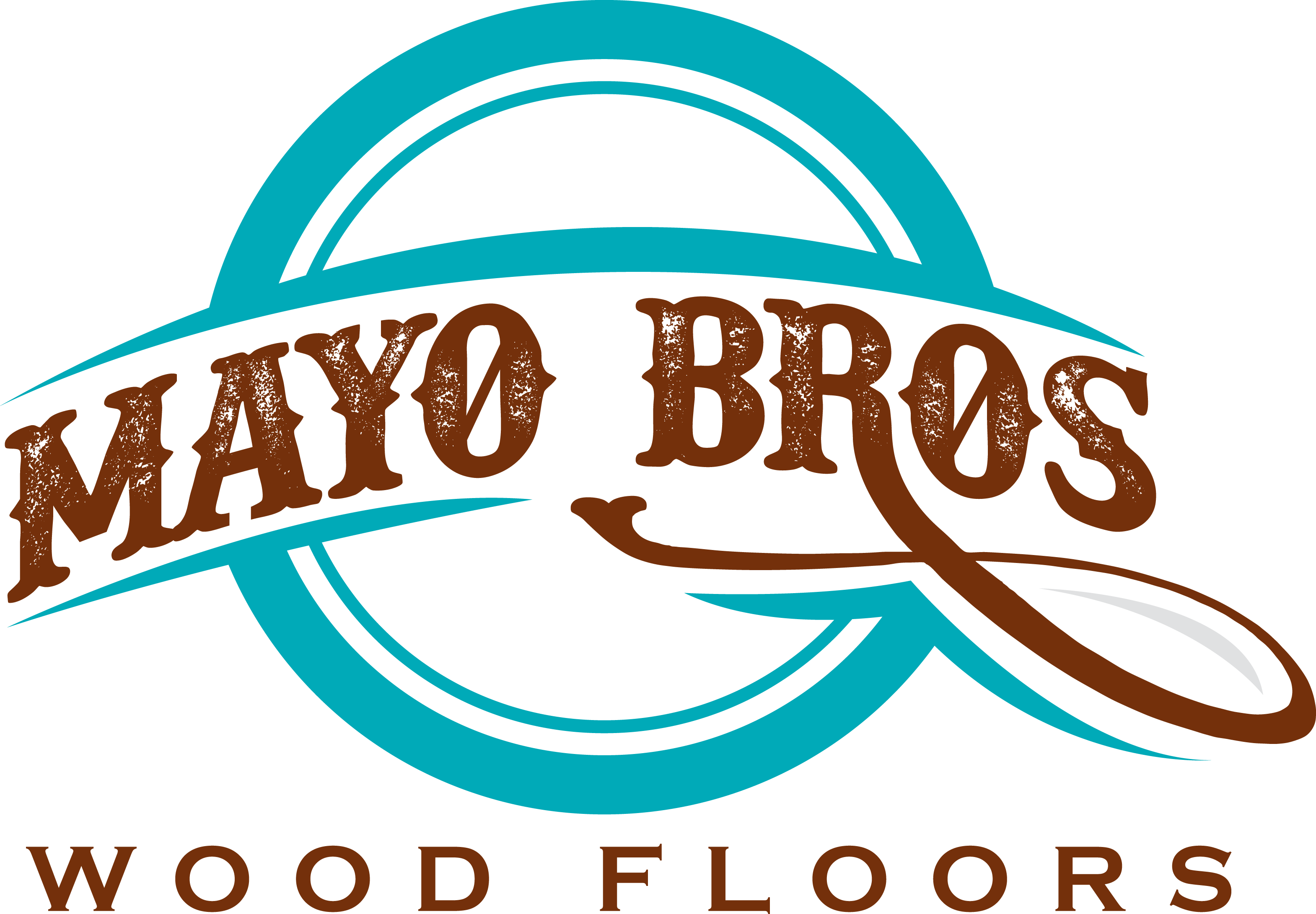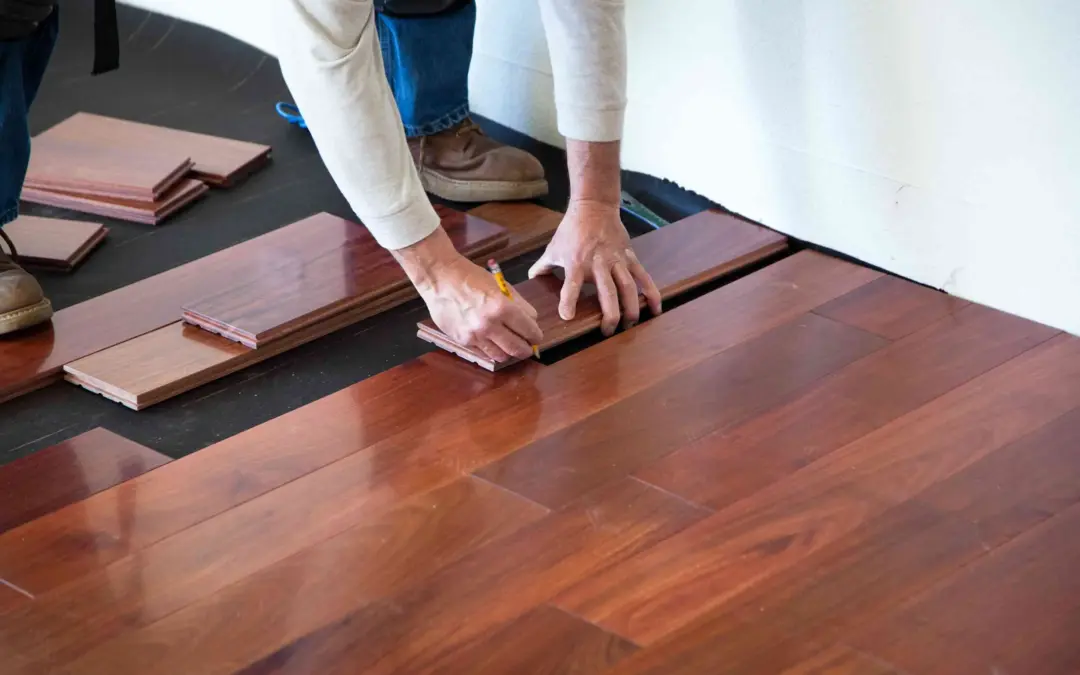Wooden flooring is a popular choice among homeowners due to its timeless beauty, durability, and natural appeal. However, one common question that arises when considering wooden flooring is whether it is an expensive option. In this article, we will explore the various factors that contribute to the cost of wooden flooring and provide insights into its affordability.
1. Introduction
When it comes to home decor, flooring plays a crucial role in defining the overall aesthetics and ambiance of a space. Wooden flooring has gained immense popularity for its natural beauty and ability to create a warm and inviting atmosphere.
2. Types of Wooden Flooring
Before we delve into the cost aspect, it’s essential to understand the different types of wooden flooring available in the market. The three primary types are:
- Solid Wood Flooring: Made from a single piece of hardwood, this type of flooring offers excellent durability and can be sanded and refinished multiple times.
- Engineered Wood Flooring: Composed of multiple layers of wood veneer, engineered wood flooring is designed to resist moisture and fluctuations in temperature, making it suitable for various environments.
- Laminate Wood Flooring: Although not made of real wood, laminate flooring replicates the look of wood through a photographic layer. It is a more cost-effective alternative to solid or engineered wood flooring.
3. Factors Affecting the Cost of Wooden Flooring
Several factors influence the cost of wooden flooring. Understanding these factors can help you make an informed decision:
- Wood Species: Different wood species have varying levels of availability and natural characteristics, leading to price variations.
- Grade and Quality: The grade and quality of the wood affect the price. Higher-grade wood with fewer imperfections tends to be more expensive.
- Thickness and Width: Thicker and wider planks often come at a higher cost due to increased material usage and manufacturing complexity.
- Installation Method: The installation method, such as glue-down or floating installation, can impact the overall cost of the flooring project.
- Additional Features: Extra features like beveled edges, textured surfaces, or customized finishes can increase the price.
4. Solid Wood Flooring
Solid wood flooring is renowned for its timeless beauty and exceptional durability. It offers a wide range of options in terms of wood species, finishes, and styles. However, solid wood flooring tends to be on the higher end of the price spectrum due to its premium quality and long-term value.
5. Engineered Wood Flooring
Engineered wood flooring combines the natural beauty of wood with enhanced stability. It is designed to withstand moisture and temperature fluctuations, making it suitable for areas where solid wood flooring may not be recommended, such as basements or kitchens. Engineered wood flooring is often more affordable than solid wood flooring while still providing an authentic wood look.
6. Laminate Wood Flooring
Laminate wood flooring is an economical alternative that offers the aesthetic appeal of wood at a lower cost. It consists of high-density fiberboard (HDF) topped with a photographic layer that mimics the appearance of wood. Laminate flooring is generally more budget-friendly, making it a popular choice for those on a tighter budget.
7. Benefits of Wooden Flooring
Wooden flooring comes with several advantages that contribute to its appeal:
- Timeless Elegance: Wooden flooring adds a touch of sophistication and elegance to any space, enhancing the overall aesthetic value of your home.
- Durability: With proper maintenance, wooden flooring can last for decades, making it a long-term investment.
- Easy to Clean: Regular sweeping and occasional mopping are usually sufficient to keep wooden floors looking their best.
- Improved Indoor Air Quality: Unlike carpets, wooden flooring doesn’t trap dust, allergens, or pet dander, leading to better air quality in your home.
- Versatility: Wooden flooring complements various interior styles, from traditional to modern, and can be refinished or restained to match changing design trends.
8. Factors to Consider when Choosing Wooden Flooring
When selecting wooden flooring, it’s essential to consider the following factors:
- Budget: Determine your budget range to narrow down your options and find the most suitable type of wooden flooring.
- Lifestyle and Usage: Consider the level of foot traffic and the presence of pets or children in your home, as these factors can influence the durability and maintenance requirements of the flooring.
- Room Compatibility: Evaluate whether the chosen type of wooden flooring is suitable for the specific room where it will be installed. For example, some types may not be recommended for areas prone to moisture, such as bathrooms or laundry rooms.
- Climate Considerations: If you live in an area with high humidity or extreme temperature variations, engineered wood flooring may be a more suitable choice.
- Installation and Maintenance: Assess the installation process, associated costs, and long-term maintenance requirements to ensure they align with your preferences and capabilities.
9. Maintenance and Longevity
Proper maintenance can significantly impact the lifespan of your wooden flooring. Here are some maintenance tips:
- Regular Cleaning: Sweep or vacuum your wooden floors regularly to remove dust and debris that can cause scratches.
- Avoid Excessive Moisture: Wipe up spills promptly and avoid using excessive water when mopping.
- Protect from Scratches: Place mats at entryways and use protective pads on furniture legs to prevent scratches.
- Periodic Refinishing: Depending on the type of wooden flooring, periodic refinishing may be necessary to restore its original shine and protect the surface.
10. Comparing Wooden Flooring Costs
The cost of wooden flooring can vary widely depending on the type, quality, and other factors. As a general guideline, solid wood flooring is typically the most expensive option, followed by engineered wood flooring, while laminate wood flooring tends to be the most budget-friendly choice.
11. Is Wooden Flooring Worth the Investment?
Investing in wooden flooring is a decision that depends on your priorities, budget, and long-term plans. While wooden flooring may have a higher upfront cost compared to other flooring options, it offers unique benefits such as durability, timeless beauty, and the potential to increase the value of your home. Ultimately, it is a personal choice that should align with your preferences and lifestyle.
12. Conclusion
Wooden flooring provides a beautiful and durable option for homeowners looking to enhance the aesthetics and value of their homes. While it may have a higher price tag compared to some alternatives, the benefits and longevity it offers make it a worthwhile investment. By considering your budget, lifestyle, and specific requirements, you can choose the type of wooden flooring that best suits your needs and enjoy its natural elegance for years to come.
FAQs
FAQ 1: How long does wooden flooring typically last?
Wooden flooring, when properly maintained, can last for several decades. Solid wood flooring, in particular, can be sanded and refinished multiple times, extending its lifespan.
FAQ 2: Can I install wooden flooring in high-moisture areas like bathrooms?
While solid wood flooring is not recommended for high-moisture areas, engineered wood flooring or laminate wood flooring with moisture-resistant properties can be suitable choices.
FAQ 3: Does wooden flooring require special maintenance?
Wooden flooring requires regular cleaning and occasional refinishing to maintain its beauty and protect the surface. However, with proper care, the maintenance requirements are generally manageable.
FAQ 4: Are there any eco-friendly options for wooden flooring?
Yes, there are eco-friendly options available, such as reclaimed wood flooring or flooring made from sustainably sourced materials. These options provide a more environmentally conscious choice for homeowners.
FAQ 5: Can wooden flooring increase the value of my home?
Wooden flooring is often considered a desirable feature by homebuyers, and it can potentially increase the value of your home. Its timeless appeal and durability are attractive selling points that can positively impact property value

